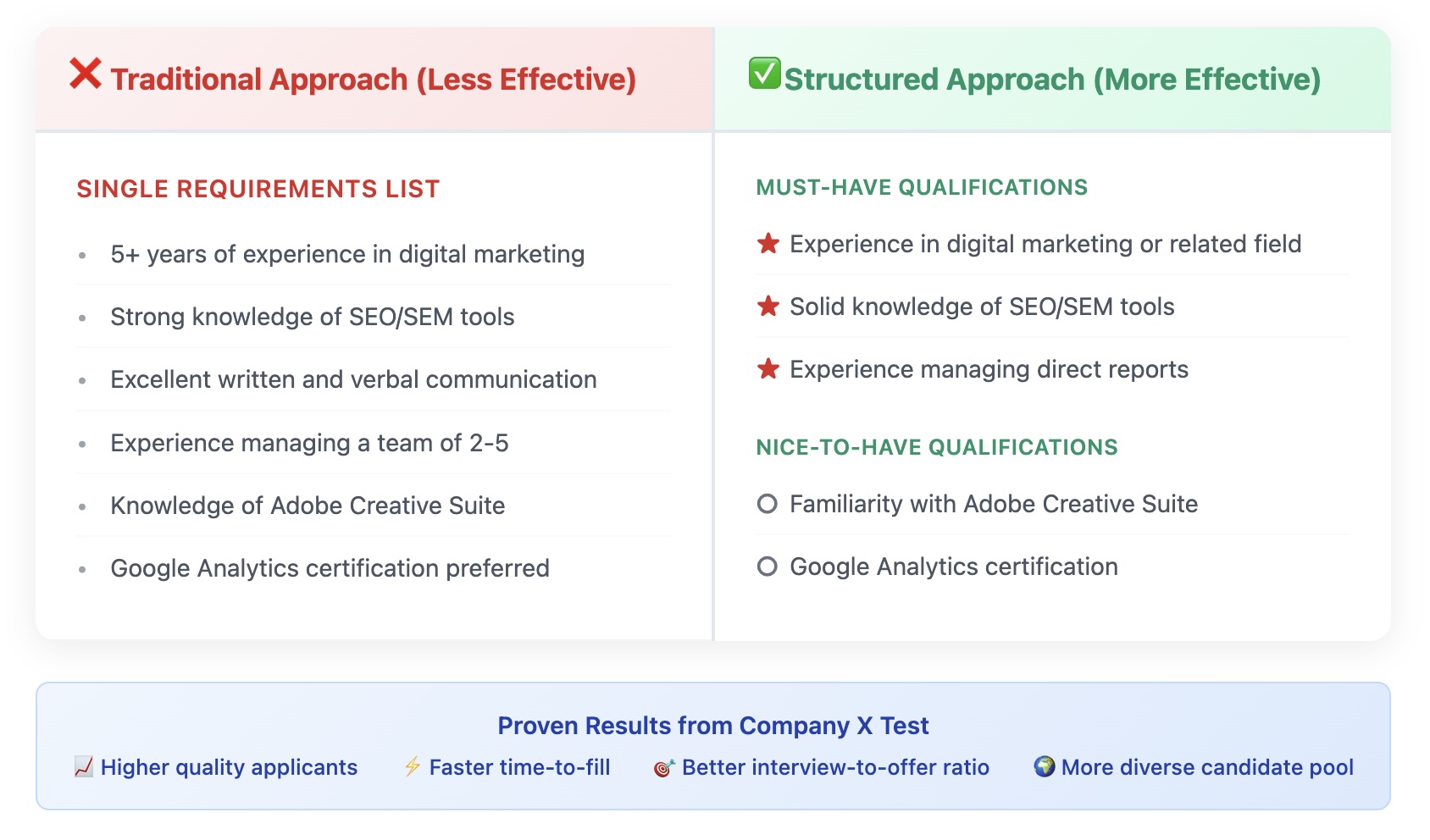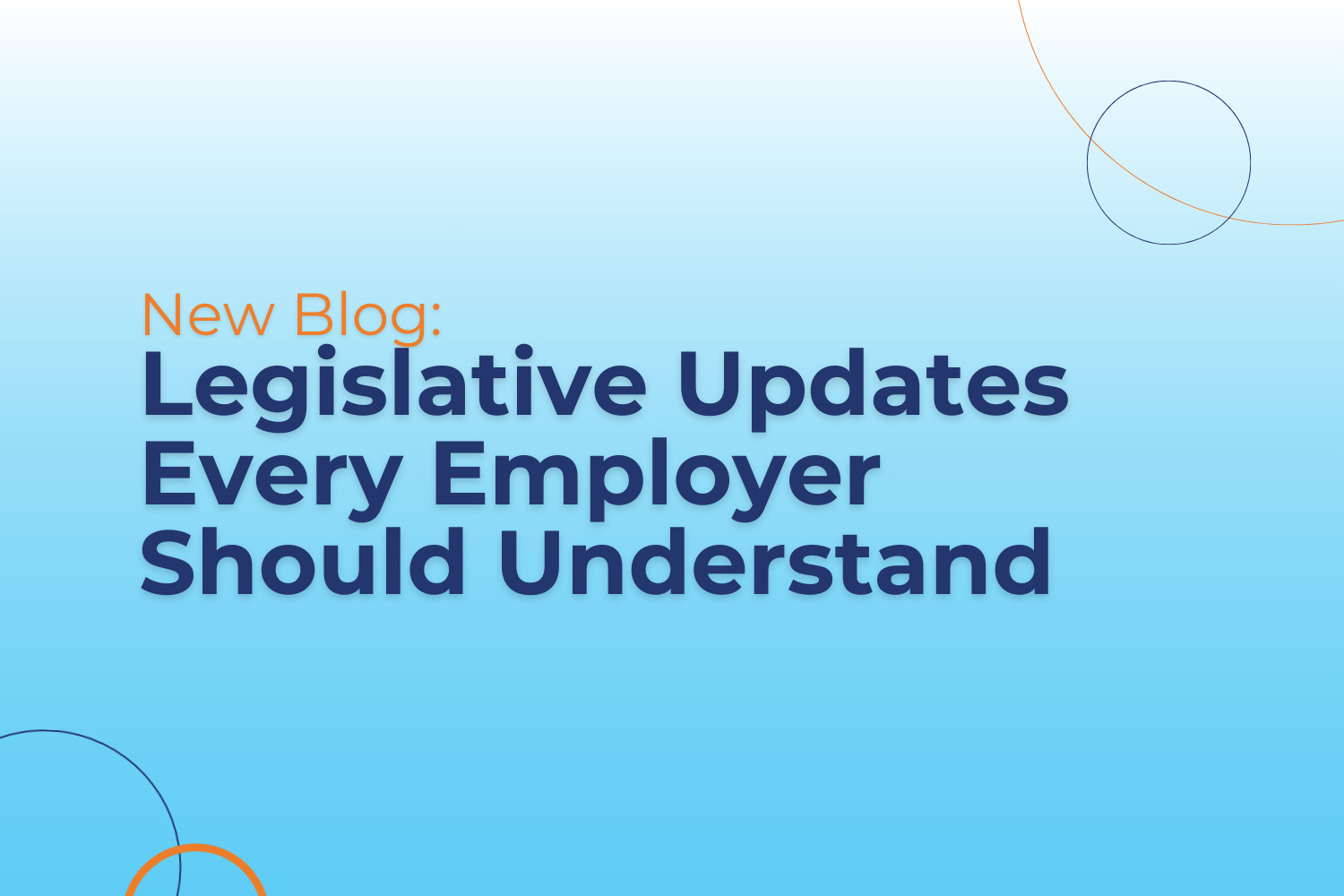What are strategies to improve employee satisfaction survey responses?
Employee satisfaction surveys are a crucial tool for organizations seeking to improve workplace culture and productivity. This article presents expert-backed strategies to enhance survey response rates and quality. From designing smarter surveys to demonstrating tangible impact, these approaches aim to boost participation and yield valuable insights for organizational growth.
- Design Smarter Surveys for Higher Engagement
- Show Real Impact to Boost Participation
- Build Trust Through Actionable Feedback
- Dedicate Work Time for Survey Completion
- Guarantee Anonymity and Communicate Follow-Through
- Keep Surveys Short and Share Results
- Communicate Survey Purpose and Timing Effectively
Design Smarter Surveys for Higher Engagement
At Alpas, we’ve learned that increasing response rates on employee satisfaction surveys isn’t about pushing harder; it’s about designing smarter. One of the most effective shifts we made was shortening the surveys and focusing them on real-time concerns instead of broad, annual overviews. When employees see that questions reflect what’s actually happening, whether it’s a policy change, staffing shift, or new workflow, they’re far more likely to engage.
We also made timing and format intentional. Surveys go out during quieter operational periods, not at peak clinical hours, and they’re mobile-friendly so staff can respond without sitting at a desk. Just as important is how we close the loop. After each survey, we share a snapshot of the feedback along with one or two clear actions we’re taking as a result. That follow-through signals that their input leads to real decisions, not just data collection.
We’ve found that when employees see their voices shaping policies, participation becomes a habit, not a chore. Engagement levels rose significantly once we paired relevance with responsiveness. It’s not about making people care more; it’s about showing that we already do.
 Sean Smith
Sean Smith
Founder, CEO & Ex Head of HR, Alpas Wellness
Show Real Impact to Boost Participation
When it comes to boosting survey participation, we’ve learned that employees respond when they feel their voice truly matters. The game-changer isn’t fancy technology—it’s showing real follow-through.
You need to share what happened with previous survey results. Create simple “You Said, We Did” communications that highlight specific changes made based on feedback.
Timing also matters tremendously. Survey fatigue is real! Instead of annual mammoth questionnaires, switch to shorter quarterly pulse surveys focused on different topics. This approach keeps engagement fresh without overwhelming teams.
Trust is your greatest asset. Guarantee anonymity and stick to that promise religiously.
Make completion ridiculously easy. Create mobile-friendly, five-minute surveys that can be completed during coffee breaks. Remember that every additional question reduces completion rates by about 3%.
The human touch still works wonders. When leaders personally encourage participation (without pressure), it signals importance.
Finally, ditch the corporate speak. Questions like “Rate your satisfaction with our organizational paradigm” get eye-rolls, not responses. Test all surveys with a diverse employee panel to ensure questions make sense to everyone.
The secret ingredient? Actually implementing changes based on feedback. Nothing kills participation faster than the perception that surveys are just checkbox exercises.
 Julia Yurchak
Julia Yurchak
Talent Sourcing, Acquisition & Management Specialist| Senior Recruitment Consultant, Keller Executive Search
Build Trust Through Actionable Feedback
Why Response Rates Fall Short: The Real Problem Isn’t Fatigue—It’s Distrust
Many companies mistakenly blame “survey fatigue” for low participation. The truth is more nuanced. Employees skip surveys when:
They don’t believe their input leads to change.
The questions feel generic, irrelevant, or intrusive.
There’s a lack of transparency about how data is used.
They fear anonymity breaches, especially in small teams.
To solve these challenges, HR must pivot from data extraction to trust-building. That begins with how you design, communicate, and act on your survey processes.
Tactics That Work: Strategies for Higher Response Rates
Involve team leads or ERGs in shaping questions. When employees see themselves reflected in the language and themes, participation rises.
Before launching a survey, explain not just that it’s happening—but why it matters, what will be done with the results, and when they’ll see follow-up action.
Instead of 50-question annual surveys, use short, quarterly pulse checks. Personalize content by role, location, or lifecycle stage for more relevance.
Use third-party tools like Culture Amp or Qualtrics. Clearly communicate how anonymity is preserved (e.g., no small group reporting under five respondents).
Spotify boosted engagement by launching a “Listening Tour” campaign before each pulse survey, where managers held town halls about previous survey outcomes. Result: response rates rose by 24% YoY.
At Mindful Career, we’ve used behavioral prompts and gamified thank-you messages (e.g., “You’ve just shaped the future of our company”) to create emotional rewards for participation—boosting response by 20-25%.
According to Gallup, organizations that close the loop on employee feedback are 4.6x more likely to have engaged employees. Yet only 21% of employees strongly agree their feedback is acted on.
Boosting employee survey participation is not about better reminders—it’s about building a better relationship with your workforce. When employees see that their voices matter, that their feedback is safe, and that real change follows, they want to be part of the conversation.
At Mindful Career, we help companies go beyond feedback collection and into feedback transformation. Whether it’s through survey design, culture diagnostics, or post-survey action planning, we believe the best engagement starts with trust, clarity, and follow-through.
 Miriam Groom
Miriam Groom
CEO, Mindful Career Inc., Mindful Career Coaching
Dedicate Work Time for Survey Completion
If you want to increase the response rate on employee surveys, one of the most effective things you can do is carve out dedicated time during work hours to complete them.
At Tall Trees Talent, we make this a deliberate part of our internal rhythm. I hand out surveys during a quiet part of the day, and I let the team know I don’t expect any other work to be done until the surveys are completed and returned. And I don’t mean they need to ‘make up’ the time later — I adjust workloads to reflect the shorter working period.
Of course, participation is optional. If someone prefers to stay focused on what they were doing, that’s completely fine. But most people actually appreciate the opportunity to step back and reflect. A short survey or questionnaire can feel like a welcome mental reset, especially when it doesn’t come with pressure or time constraints.
What we’ve also found is that completing surveys in the office keeps employee feedback more relevant and accurate. They’re thinking about their work environment in real time — what’s working, what’s frustrating, what they value — so their input tends to be sharper and more actionable.
We used to hand out surveys on a Friday and ask for them back by Monday, which, of course, was a big mistake. Response rates were 10% or so. But once we started setting aside actual time in the workday, our response rate jumped to 70%.
The difference was immediate and impossible to miss.
 Jon Hill
Jon Hill
Managing Partner, Tall Trees Talent
Guarantee Anonymity and Communicate Follow-Through
In my experience, there are two critical things needed to increase response rates: anonymity and clearly communicated follow-through. Employees are hesitant to give honest feedback without third-party survey tools that guarantee anonymity, which takes time to build. Leadership can help, and one of the more successful ways is to release quarterly summaries of the top three concerns raised and the concrete steps being taken in response. A simpler thing to add to this is to time things carefully – avoid crunch times and give employees at least five days to respond. It sounds simple, but it does move the needle.
 Dragos Badea
Dragos Badea
CEO, Yarooms
Keep Surveys Short and Share Results
To get more responses, I ensure employees know their feedback is anonymous and that it truly matters. I keep the survey short, easy to complete, and remind them that we want honest answers without any judgment.
Most importantly, I always share what we’ve learned and what we’re doing about it. When people see real changes resulting from their feedback, they’re more likely to continue sharing.
 Natasha Nurse
Natasha Nurse
Neurodivergent Innovator, Dressing Room 8
Communicate Survey Purpose and Timing Effectively
When response rates are low on an employee satisfaction survey, I usually find the problem isn’t with the tool itself but rather with how the survey was introduced and communicated. Don’t just send it out without context. Employees need to understand why the survey matters and how the results will be used. Connecting the survey to a clear benefit for them can make a big difference in encouraging participation.
It’s also important to be transparent about whether the survey is anonymous and who will have access to the responses. This is especially critical on teams that have struggled with trust, where employees may worry about negative consequences for honest feedback.
Timing plays a role, too. Avoid distributing the survey during peak workload periods or high-stress times when it’s likely to be ignored. For office-based staff, I’ve found mid-week (Tuesday to Thursday) yields better engagement. For shift-based or field teams, it’s often more effective to share the survey during natural transition points, like at shift changes or during wrap-up discussions in safety meetings.
Incentives can help increase completion rates, especially when paired with good communication. A simple raffle, like entering participants into a gift card drawing, can work. Team-wide rewards are often even more effective because they create a positive form of peer pressure. For example, offering a free team lunch if a certain completion rate is met tends to generate momentum and shared buy-in.
 David Case
David Case
President, Advastar











